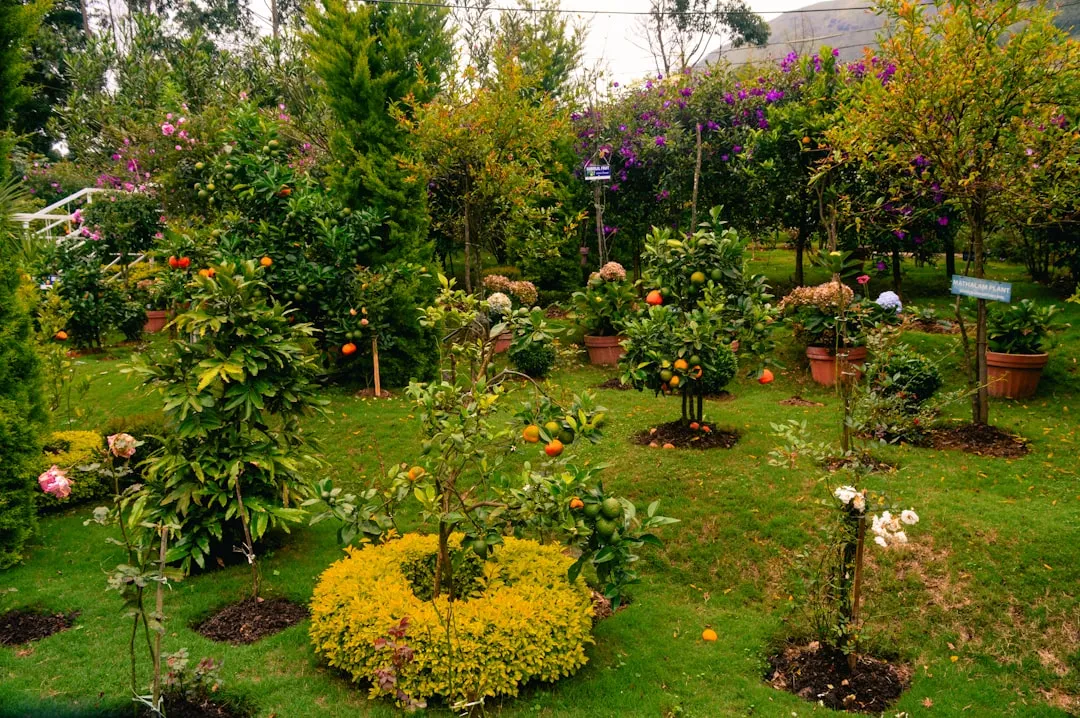Secrets to a Bountiful Pumpkin Patch: Your Indoor and Outdoor Planting Guide

Embarking on the journey of growing pumpkins can be an incredibly rewarding experience. Whether you're a novice gardener or have some experience under your belt, this guide will walk you through the ins and outs of planting pumpkin seeds, both indoors and outdoors, to ensure a thriving pumpkin patch.
Why Grow Pumpkins?
Pumpkins are not only a staple of fall decor but also a delicious and nutritious addition to your diet. They come in a variety of shapes, sizes, and colors, making them a versatile crop for any garden. From carving jack - o'-lanterns to making pumpkin pies, the uses for pumpkins are endless. Additionally, growing your own pumpkins allows you to control the growing conditions, ensuring that you're getting the freshest and healthiest produce possible.
Choosing the Right Pumpkin Variety
Before you start planting, it's important to choose the right pumpkin variety for your needs. There are several factors to consider, such as the size of the pumpkin, the growing season, and the intended use. For example, if you're looking to carve large jack - o'-lanterns, varieties like 'Atlantic Giant' or 'Connecticut Field' are great choices. If you're more interested in cooking, smaller varieties like 'Sugar Pie' or 'Baby Boo' are ideal.
Indoor Planting of Pumpkin Seeds
Starting pumpkin seeds indoors can give you a head start on the growing season, especially in areas with a short growing period. Here's how to do it:
- Timing: Start your pumpkin seeds indoors about 2 - 3 weeks before the last expected frost date in your area. This will give the seedlings enough time to grow strong before being transplanted outdoors.
- Containers: Use biodegradable pots or seed trays filled with a high - quality seed - starting mix. This will provide the seedlings with the nutrients they need to grow healthy roots.
- Planting the Seeds: Plant 2 - 3 pumpkin seeds per pot, about 1 inch deep. Keep the soil moist but not waterlogged. Place the pots in a warm, sunny location, such as a south - facing window or under grow lights.
- Thinning the Seedlings: Once the seedlings have emerged and have their first set of true leaves, thin them out so that only the strongest seedling remains in each pot. This will ensure that the remaining seedling has enough space and nutrients to grow.
Outdoor Planting of Pumpkin Seeds
When the danger of frost has passed and the soil has warmed up to at least 60°F (15°C), it's time to transplant your indoor - grown seedlings or plant pumpkin seeds directly outdoors. Here's what you need to do:
- Site Selection: Choose a location in your garden that receives full sun (at least 6 - 8 hours of sunlight per day) and has well - drained soil. Pumpkins are heavy feeders, so it's a good idea to amend the soil with compost or well - rotted manure before planting.
- Spacing: If you're planting seedlings, space them about 2 - 3 feet apart in rows that are 5 - 6 feet apart. If you're planting seeds directly, plant 3 - 4 seeds per hill, with hills spaced about 4 - 6 feet apart. Once the seedlings have emerged, thin them out so that only the strongest plant remains in each hill.
- Planting: Dig a hole slightly larger than the root ball of the seedling or deep enough for the seeds. Place the seedling in the hole and gently backfill with soil, firming it around the base of the plant. If planting seeds, cover them with about 1 inch of soil.
- Watering: Water the newly planted seedlings or seeds thoroughly. Keep the soil consistently moist but not waterlogged throughout the growing season.
Caring for Your Pumpkin Plants
Once your pumpkin plants are in the ground, they will need regular care to ensure a successful harvest. Here are some tips:
- Watering: Pumpkins need about 1 - 2 inches of water per week. Water deeply at the base of the plant to encourage deep root growth. Avoid getting the leaves wet, as this can lead to fungal diseases.
- Fertilizing: Feed your pumpkin plants with a balanced fertilizer every 3 - 4 weeks, starting about 2 weeks after transplanting or when the seedlings have emerged. You can also side - dress the plants with compost or well - rotted manure during the growing season.
- Pruning: To encourage more fruit production, you can prune the vines by removing the lateral branches. However, be careful not to over - prune, as this can reduce the plant's ability to produce energy through photosynthesis.
- Pest and Disease Control: Keep an eye out for common pumpkin pests such as squash bugs, cucumber beetles, and powdery mildew. Use organic pest control methods whenever possible, such as hand - picking pests or using neem oil to control fungal diseases.
Harvesting Your Pumpkins
Pumpkins are usually ready to harvest about 90 - 120 days after planting, depending on the variety. Here's how to tell when they're ready:
- Color: The pumpkin should have reached its full color. For example, orange pumpkins should be a deep, rich orange.
- Hardness: The skin of the pumpkin should be hard and difficult to pierce with a fingernail.
- Stem: The stem of the pumpkin should be dry and starting to turn brown. Use a sharp knife or pruning shears to cut the pumpkin from the vine, leaving about 3 - 4 inches of stem attached.
By following these steps, you'll be well on your way to growing a thriving pumpkin patch. Whether you're growing pumpkins for fun, for food, or for decoration, the process is sure to be a rewarding one. So, roll up your sleeves, get your hands dirty, and enjoy the fruits of your labor come fall!